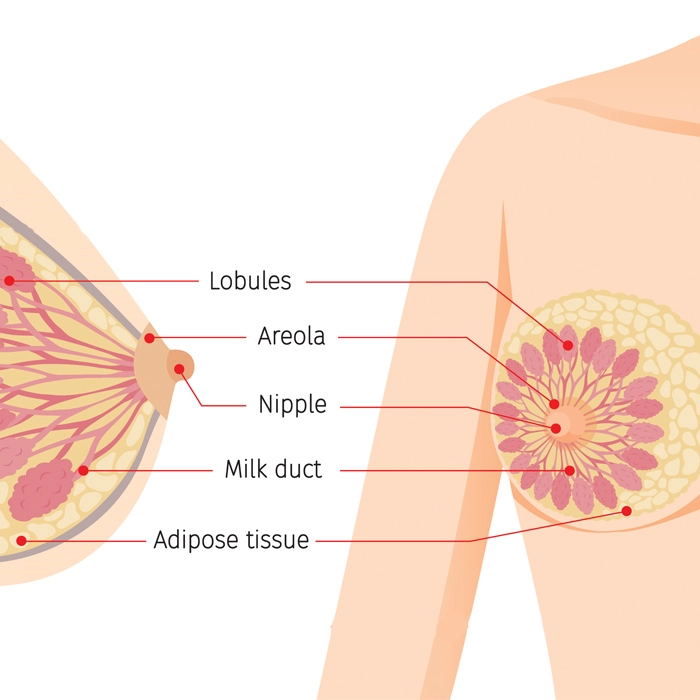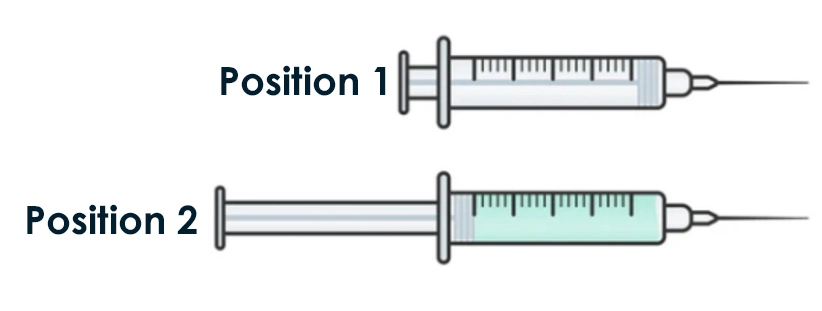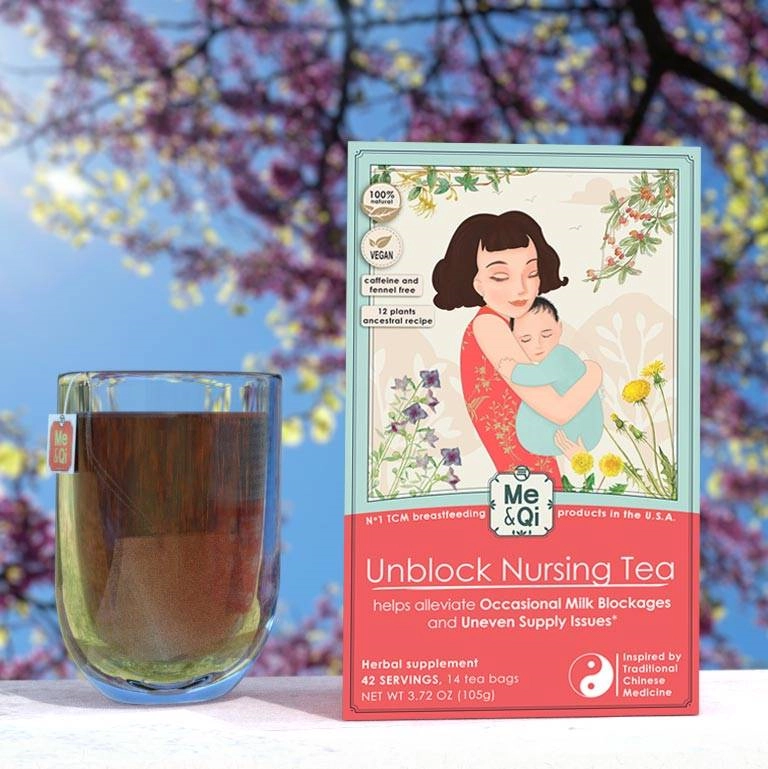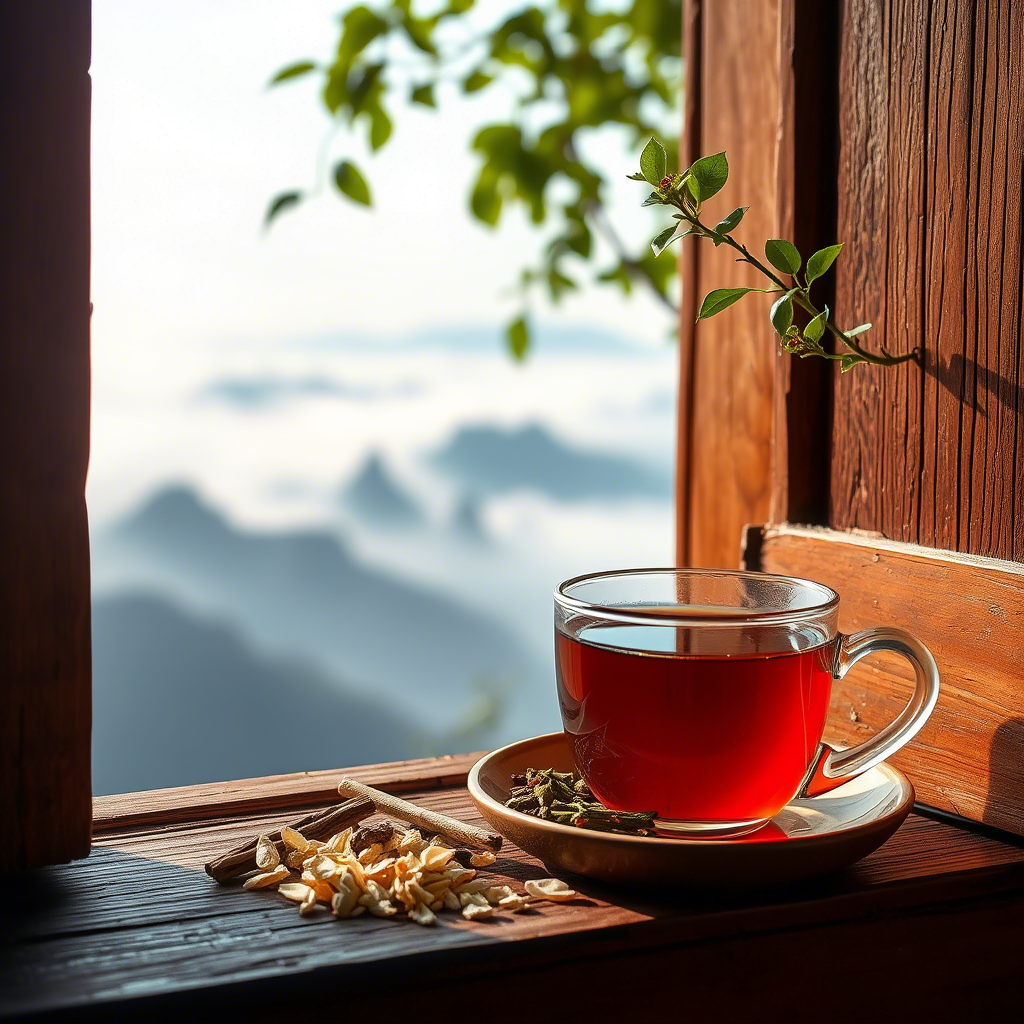Contents
- What are clogged milks ducts, milk blebs and blisters?
- Steps to pop milk blisters, blebs or clogged milk duct using a sharp needle
- Home remedies to remove milk blisters, blebs or clogged ducts
What are clogged milks ducts, milk blebs and blisters?
Clogged milk ducts occur inside the breasts. Milk ducts are the "pipes" through which milk flows in your breast. When ducts get clogged, it typically results in hard lumps or nodules that look red and are hot to the touch. It is often quite painful.

Milk blisters or blebs is when your skin grows over your nipple pores.
Pores in your nipples are the exit way for your milk so blisters or blebs will often result in your milk getting blocked from flowing out.
Blisters or blebs can also commonly happen on your areolas, not just on your nipples.
If you want to better understand the difference between clogged milk ducts, milk blisters and blebs please refer to this article where we have lots of pictures showing what's what.
Steps to pop milk blisters, blebs or clogged milk duct using a sharp needle
It is understandable why you'd want to pop clogged milk ducts, blebs or blisters. Not only may they prevent you feed your baby but they can also cause extreme pain and discomfort.
That being said, it is not a benign procedure and doing it yourself may even worsen your condition. You might for instance develop nasty infections that may send you to the hospital.
That's why before doing so you should attempt less drastic ways to remove the issue (see next chapter). And if you're adamant to proceed with the popping, it's best you let a medical professional perform the procedure for you.
Now let's look at the steps one would typically go through to pop clogged milk ducts, blebs or blisters:
- Clean the breast and nipple thoroughly with water and soap
- Apply 70% isopropyl alcohol on the area that needs to be operated. This is to avoid any potential bacterial infection.
- Prepare a sterilized syringe. We highly recommend disposable syringes. Their needles are sharp enough to pierce though the affected skin and they're efficient at vacuuming the liquid out of the nodule, blister or bleb. They are widely available in pharmacies or online.

- Put syringe in position 1 (image), carefully pierce though the nodule, blister or bleb from its edge.
- Try to squeeze the nodule, blister or bleb to get as much liquid out as possible. The squeezing may cause a lot of pain.
- It is also possible to use the 'vacuum' effect of the syringe to pump the liquid out: carefully pull the handle of the syringe, so that the vacuum of the tube can suck up some liquid and the syringe ends up in position 2 (image).
- After removing as much liquid as possible through squeezing or pumping with the syringe, clean the wound or opening with saline water.
- Try nursing the baby or pumping. It will help remove some additional liquid. You can apply a hot pad right before nursing or pumping to speed up the milk flow.
- After nursing or pumping, clean the breast and nipple with saline water again and then apply nipple cream on the wounded area.
- Apply a cold pad on the affected area for 1 to 2 hours in case of sharp or shooting pain.
After the procedure it is recommended you steer clear from overly rich and oily food. You should also drinks lots of water. This will help detoxify your body.
You can also drink a herbal tea with "cooling" herbs such as dandelions, honeysuckle flowers or chrysanthemum flowers. It will help reduce the risk of infections and drain the pus. For this Unblock Nursing Tea is perfect since it contains a lot of cooling herbs, including dandelions and honeysuckle flowers.
Home remedies to remove milk blisters, blebs or clogged ducts
Before going for an invasive procedure like popping your milk blisters, blebs or clogged ducts with a syringe it is worth checking if easier solutions work first.
First, your diet, lifestyle and emotional life all have a strong influence on whether you develop these conditions. Here are some changes you can make in that regard that might have a very positive influence:

- Stop eating overly rich, oily and spicy food. They can all thicken your breast milk and thus increase the risk of blockage. They can also make your body more prone to inflammations and infections.
- Get a lot of rest and less stress. Stress and lack of sleep has a bad influence on your body's inflammatory status.
- Drink herbal teas with "cooling" herbs such as dandelions, honeysuckle flowers or chrysanthemum flowers. It will help reduce the risk of infections and inflammation. Unblock Nursing Tea is perfect for this since it contains a lot of cooling herbs, including dandelions and honeysuckle flowers.
- Drink more water (or tea) as it helps with milk flow and increases your body's metabolism
There are also changes you can make to your breastfeeding habits that may help remove clogged ducts, milk blisters or blebs:
- A couple of minutes before breastfeeding or pumping, apply a hot compress or pad on the affected area in your breast. This will help drain it from liquid and pus.
- Before nursing or pumping massage your breasts (the affected area in particular). It might be painful but it helps drain it.
- Always start nursing or pumping with the breast or nipple that is affected by the issue.
- Often rotate between different latching positions. Varying positions ensures suction is hitting all ducts. Also obviously make sure your baby latches to the nipple and areola correctly.
- Establish a steady breastfeeding schedule so as to reach your breastfeeding supply & demand equilibrium.
- Avoid overly tight bras or clothes as they can be the cause behind clogged milk ducts or blisters.

